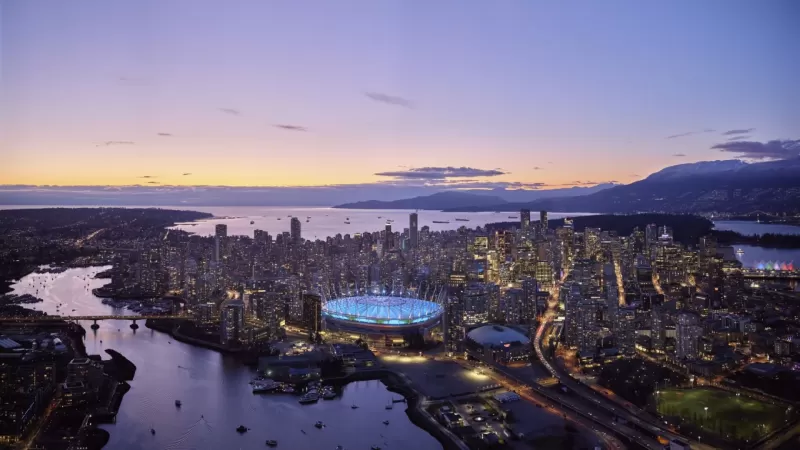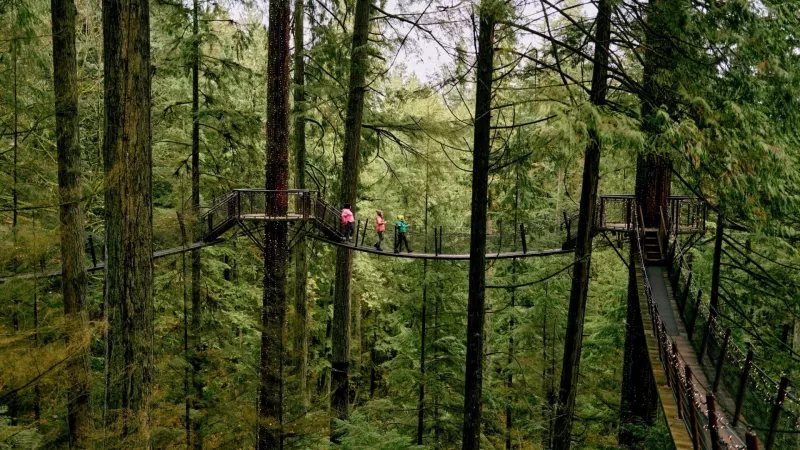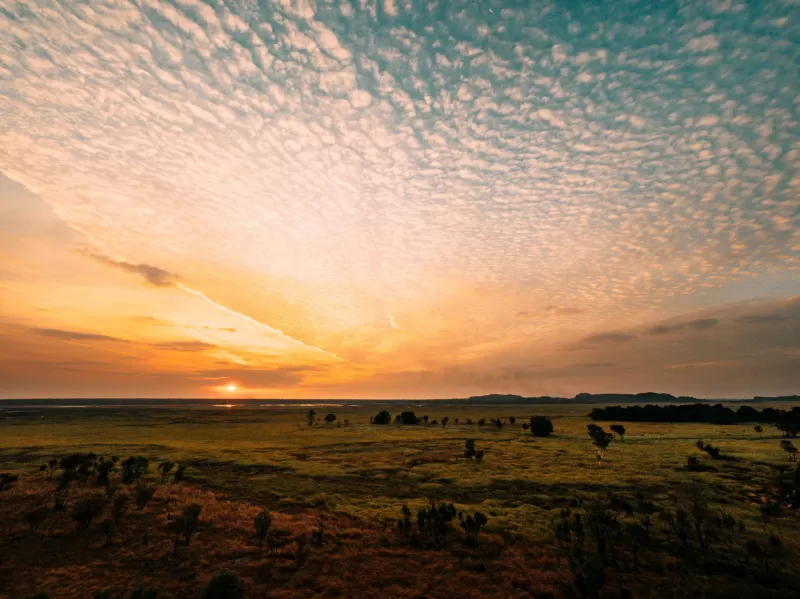October 16, 2025
Discover the Island Gems on a Culinary Journey to the West Coast
Flavors of the West Coast: Discovering Vancouver’s Food Scene and Island Adventures.
Vancouver is a city where nature and nurture meet on a plate. Fraser River waters flow into the Pacific, and a multicultural population that has made food its daily language, Vancouver offers an unparalleled stage for culinary exploration. The two Anderson Vacations tours — Vancouver Culinary Escape and the 9-Day Vancouver Island Culinary Adventure — take full advantage of this rich canvas, inviting travelers to taste their way through the city and beyond.
The Vancouver Culinary Escape is a five-day immersion in the city’s gastronomic heart. After settling into a central lodging near the entertainment and culture districts, guests are whisked into the rhythms of Vancouver life. On day two, the excitement begins with a FlyOver Canada experience that primes the senses with sweeping vistas of Canada’s landscapes, followed by a gastronomic tour through Gastown. In this historic neighbourhood, participants enjoy a series of progressive tastings, paired with local wines and craft beers, while walking along lamp-lit cobblestone streets.
An Urban Culinary Experience
Day three shifts focus inward: a deep dive into Vancouver’s celebrated food culture. From dim sum to sushi, from handcrafted dumplings to Korean delights, the tour highlights how immigration and tradition have coalesced in Vancouver’s dining scene. On day four, Granville Island becomes the stage a public market bursting with fresh produce, artisanal cheese, bakery treats, charcuterie and local delicacies. Guests bypass lines to sample more than 20 signature local tastings, weaving through stalls and food artisans. Finally, day five brings a leisurely departure full of memories, photographs, and the lingering tastes of British Columbia’s bounty.
Yet the culinary story doesn’t end in the city. The 9-Day Vancouver Island Culinary Adventure extends the palate’s journey into island life, combining the vibrancy of Vancouver with the wild, rural and coastal flavors of Vancouver Island. Starting in Vancouver, travelers spend a relaxed day touring the city via hop-on hop-off buses, visiting places like Stanley Park, the Lion’s Gate Bridge, and taking in the FlyOver Canada attraction as an introduction to Canada’s natural wonders.
Where a New Story Begins
From there, the itinerary leads across to Victoria and beyond, with stops at island farms, wineries, oyster beds, and coastal towns. Among the highlights: sampling oysters in Fanny Bay, savoring the emerging food scene in Tofino, and exploring Victoria’s foodie walking tours. Along the way, guests experience a balanced mix of sightseeing (wild Pacific coast, rainforest, coastal drives) and dining (farm-to-table meals, seafood, local producers). By traversing the island’s varied micro-regions, the tour underscores how local terroir, ocean currents, and regional producers shape distinct flavors.
What makes Vancouver so compelling as a culinary hub? First, its geography and climate. The proximity to coastal waters and fertile lands means seafood, berries, shellfish, and vegetables reach the table quickly and fresh. Second, the city’s demographics shape its food identity: significant Asian, Indigenous, European and global communities have made their mark through restaurants, markets, food festivals, and more. Third, the local food ethos encourages sustainability, farm partnerships, and culinary creativity Vancouver chefs and vendors often champion seasonal, local, and ethically sourced ingredients.
Together, the two tours present complementary ways to experience this richness. The five-day city escape captures the pulse of Vancouver’s neighborhoods, market culture, and multicultural flavors. The nine-day island tour amplifies that by venturing into coastal communities, farm regions, and remote culinary outposts — yet still begins and ends in Vancouver, anchoring the journey to the city’s energy.
The Perfect View
For anyone considering a culinary travel adventure, Vancouver is the beating heart of the region’s food narrative. You stroll through Granville Island’s markets, sip a sake in a hidden sushi haunt in downtown, reach for freshly shucked oysters by the Pacific, or dine among farm fields under island stars, you’ll sense how Vancouver binds land, sea, culture, and cuisine. These tours do more than guide you they let you taste the story of Vancouver and the coastal British Columbia region, one bite at a time.
Book with Anderson Vacations today and experience a truly unforgettable culinary journey through Vancouver and Vancouver Island, where every taste tells a story.
Tours:
https://www.andersonvacation.com/trip/vancouver-culinary-escape
https://www.andersonvacation.com/trip/9-day-vancouver-island-culinary-adventure
READ MORE













